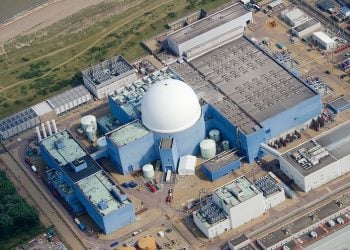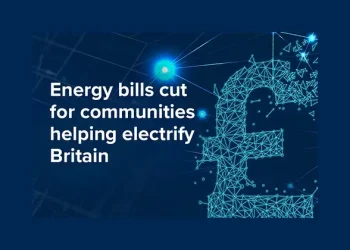The UK’s first mine water heat Living Laboratory, launched in Gateshead in January 2025 by the Mining Remediation Authority, is revolutionizing clean energy by revealing that warm water flows better underground than expected.
This breakthrough could significantly reduce heating costs and carbon emissions for UK residents, particularly in former coalfield areas.
Innovative Research Unveils New Possibilities
The Gateshead Living Laboratory is a pioneering initiative that explores the potential of mine water heat as a renewable energy source.
By utilizing advanced tools like Borehole Magnetic Resonance (BMR), researchers have gained unprecedented insights into the porosity and permeability of mine workings.
This data is crucial for assessing the availability and sustainability of mine water heat, offering a promising alternative to traditional heating methods.
Transforming Energy Use in Coalfield Communities
This research holds significant promise for communities across the UK, especially those located in former coalfield regions. By harnessing mine water heat, local councils and housing developers can integrate this renewable energy source into district heating schemes.
This integration could lead to lower energy bills and reduced carbon footprints, aligning with the UK’s net zero goals.
Collaborative Efforts Drive Progress
The open-access data provided by the Living Laboratory encourages collaboration between government bodies, industry leaders, and academic institutions.
Such partnerships are essential for accelerating the adoption of sustainable heating solutions across UK coalfields. The project also supports policies promoting renewable heat technologies under initiatives like the Clean Growth Strategy and Heat and Buildings Strategy.
Insights from Industry Experts
Dr Fiona Todd, geoscientist and lead of the Mining Remediation Authority project, said:
“This is the first time we’ve been able to collect this kind of information inside real mine workings.
It’s a huge step forward in understanding mine water heat resources. These properties help us determine how much heat is available, how quickly we can extract it and how sustainable it could be over time.”
Senior Technical Specialist for the Environment Agency in the North East, Sally Gallagher, said:
“As the environmental regulator for England our role is to ensure renewable heat technologies are sustainable and do not adversely impact the environment. It’s great to see the first findings of this innovative research study and understand more how mine water can be used for heating.”
A Glimpse into Future Applications
The use of BMR technology not only advances mine water heat research but also has broader applications in subsurface studies such as groundwater management and carbon capture storage.
This crossover demonstrates how innovations in one sector can catalyze progress across various environmental technologies.
Additional Reading
In a Nutshell
The Gateshead Living Laboratory represents a significant step forward in renewable energy innovation within the UK.
By leveraging advanced technology to unlock new insights into mine water heat resources, this initiative not only supports national climate goals but also offers tangible benefits to communities across former coalfield regions.
Discover more of More of Todays Top Breaking Government News Stories!
Sources: UK Government, Cooling Post, Mining Remediation Authority, and Innovation News Network.
Prepared by Ivan Alexander Golden, Founder of THX News™, an independent news organization delivering timely insights from global official sources. Combines AI-analyzed research with human-edited accuracy and context.








